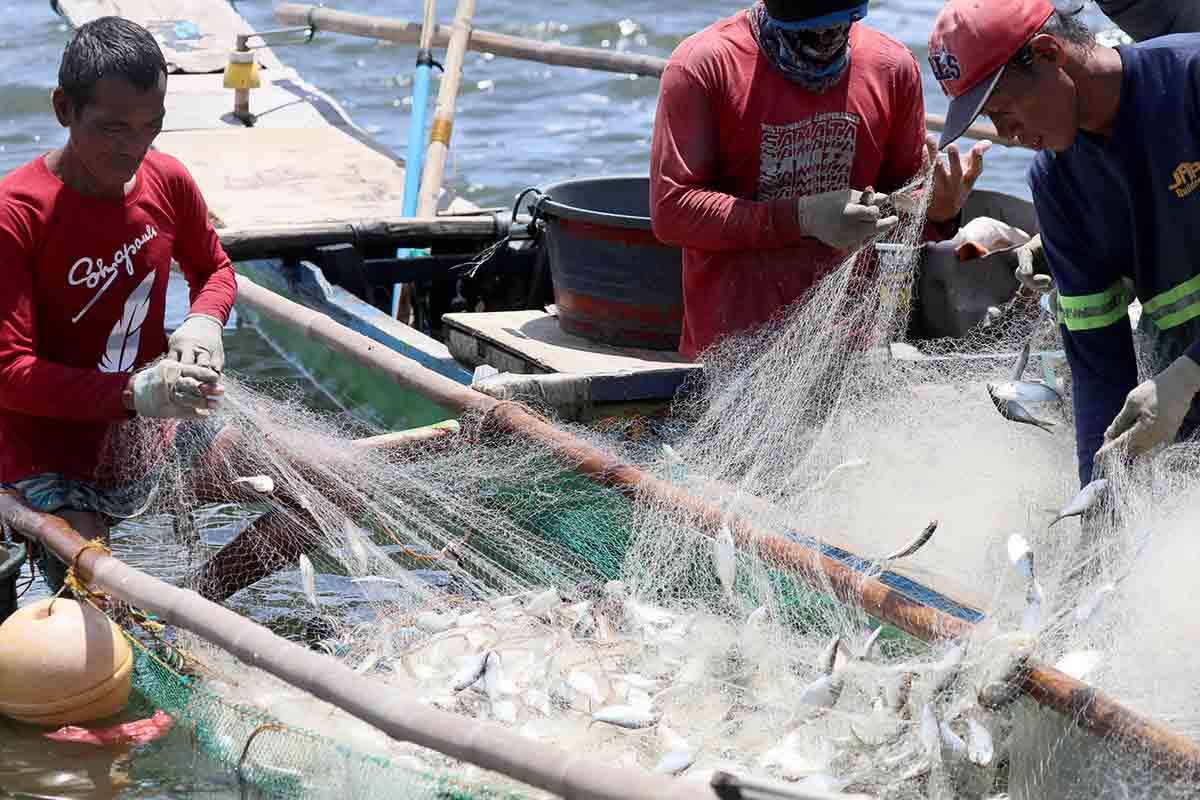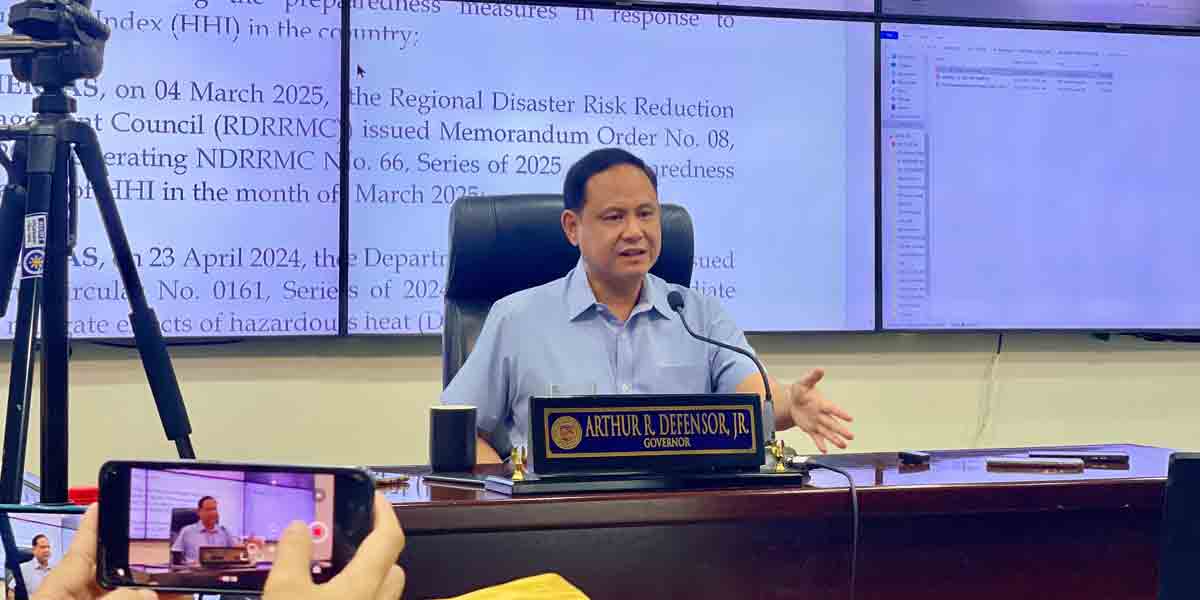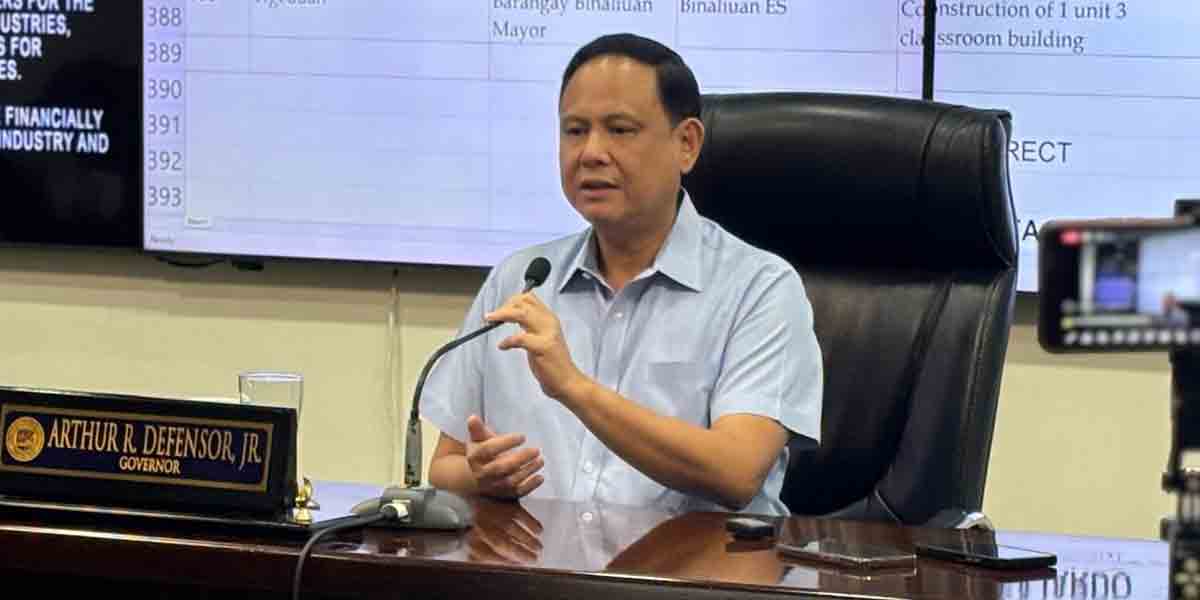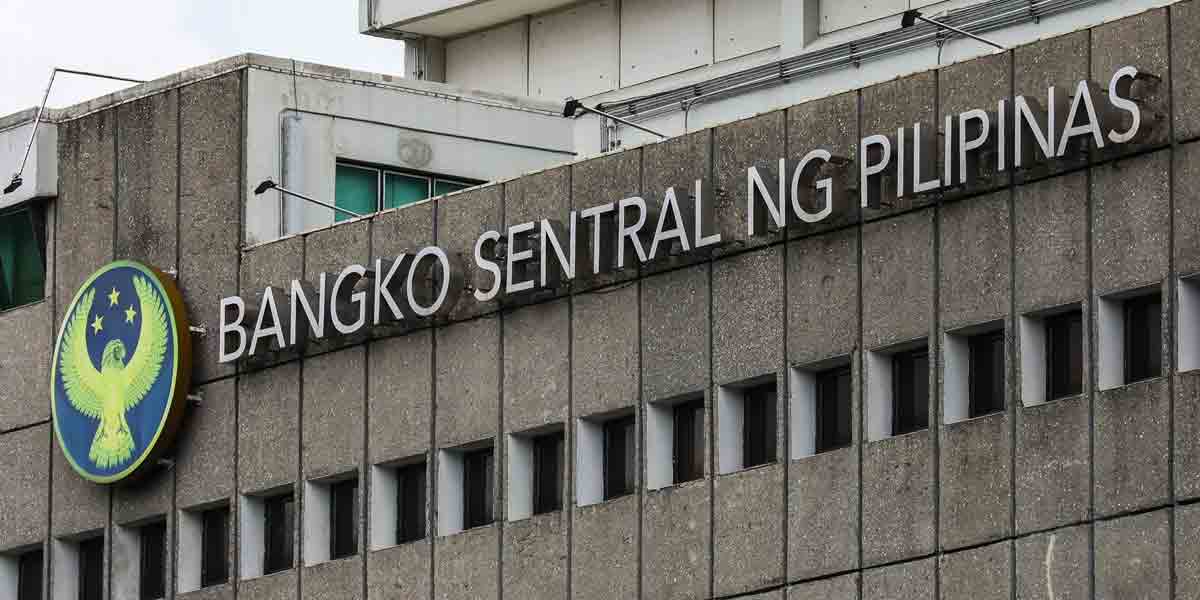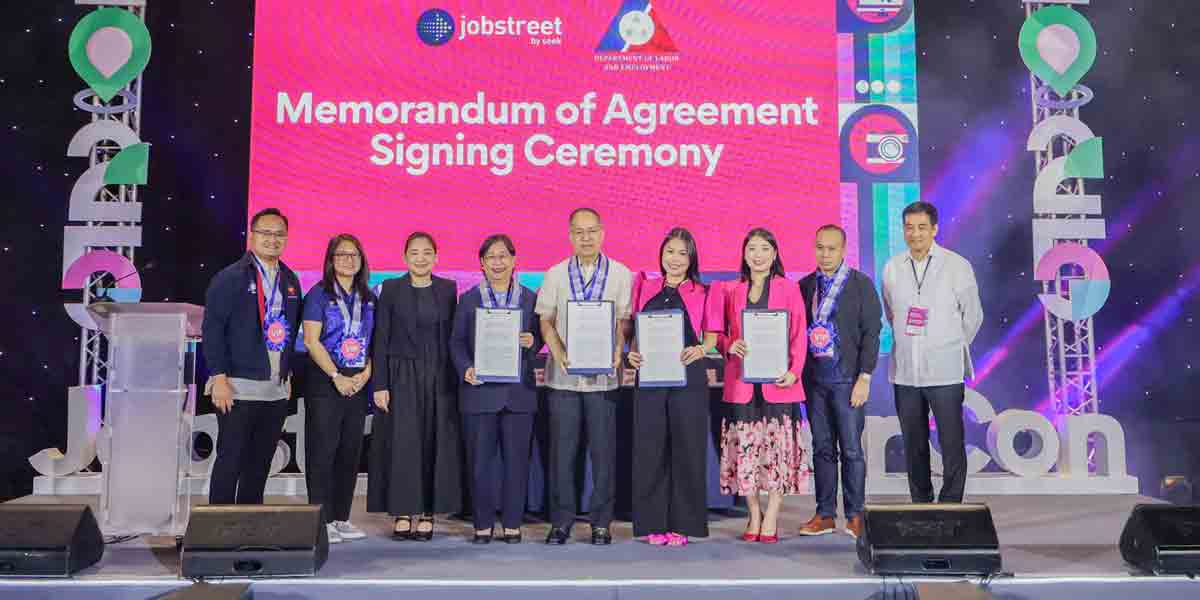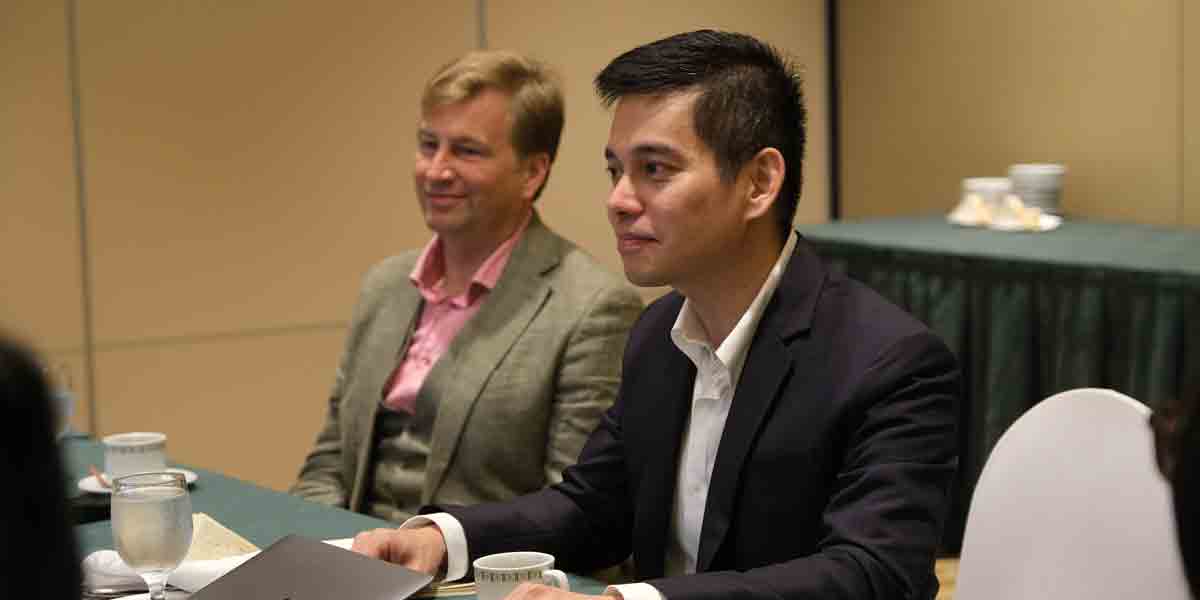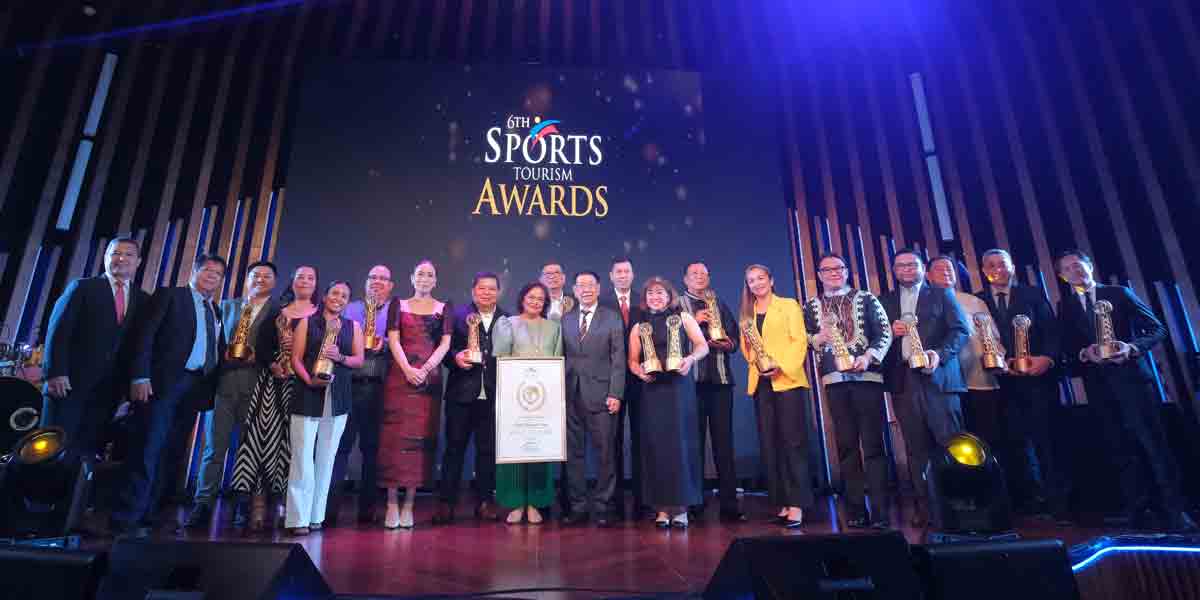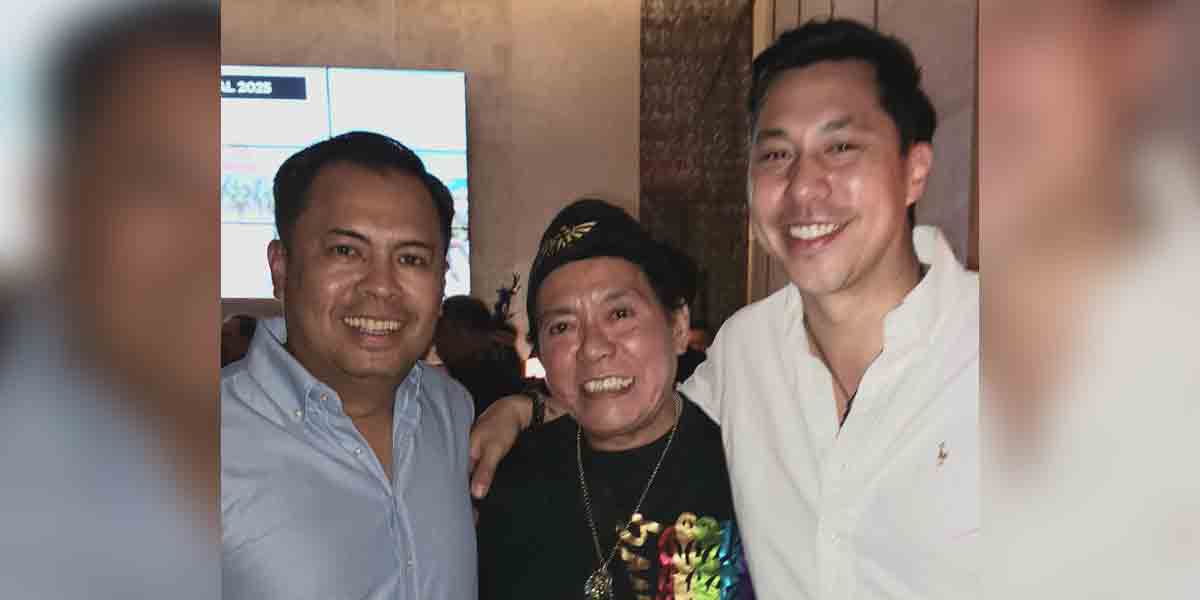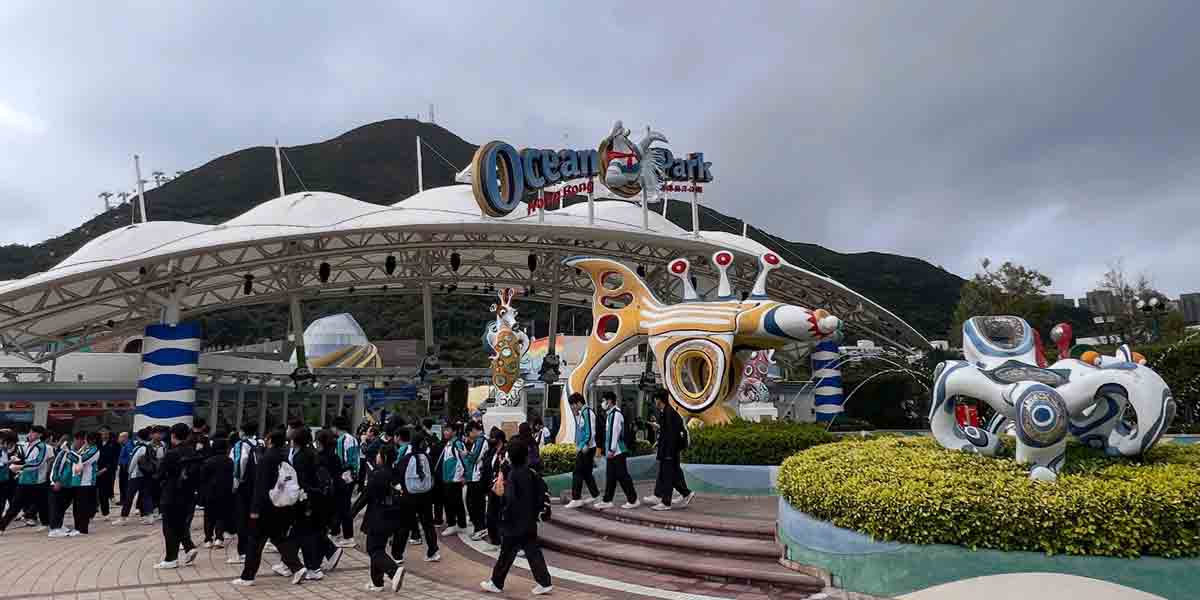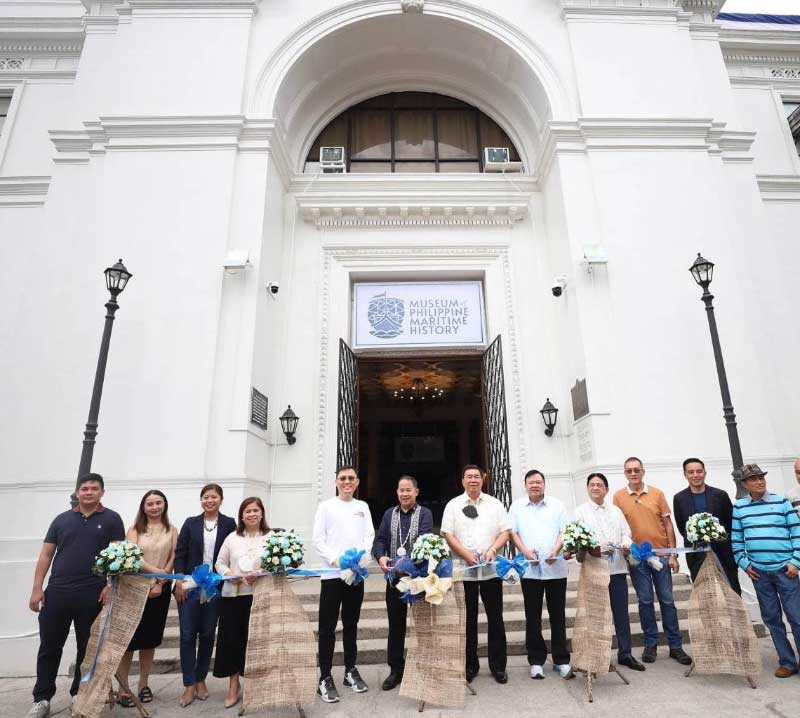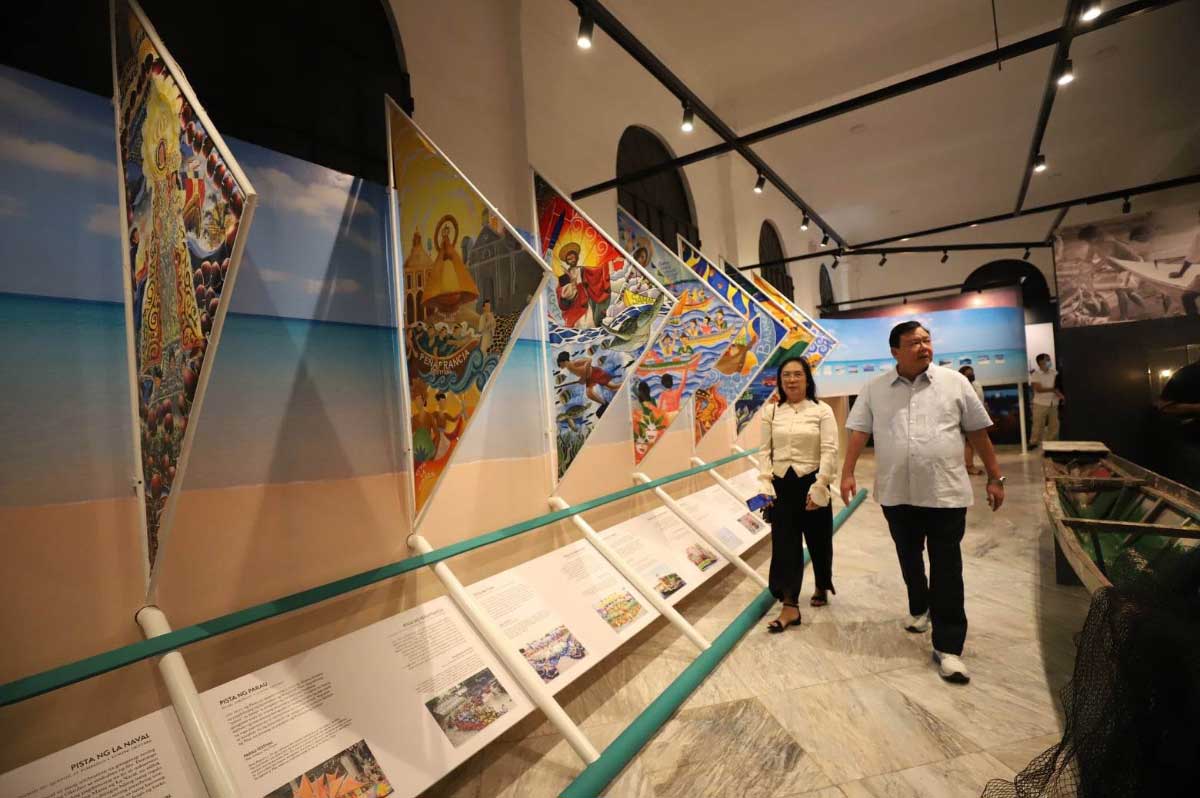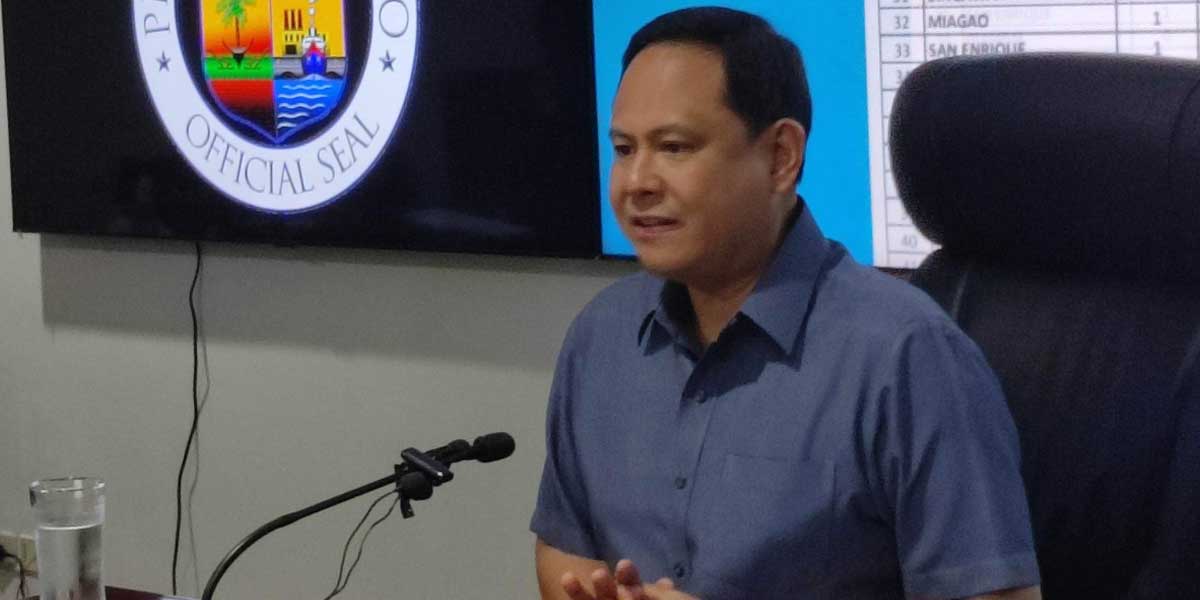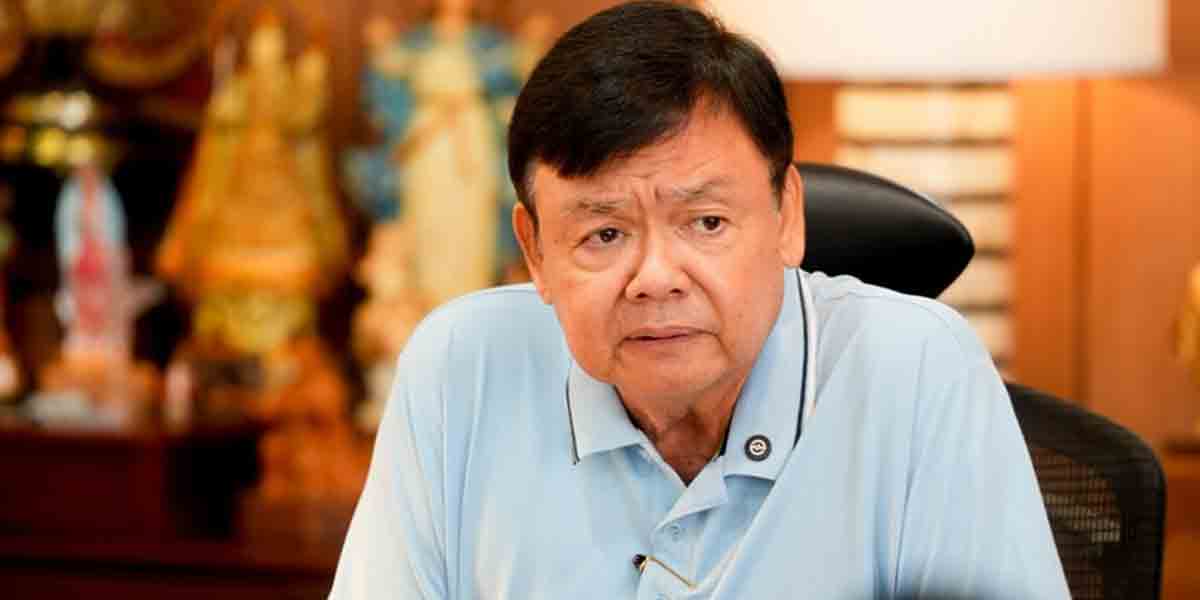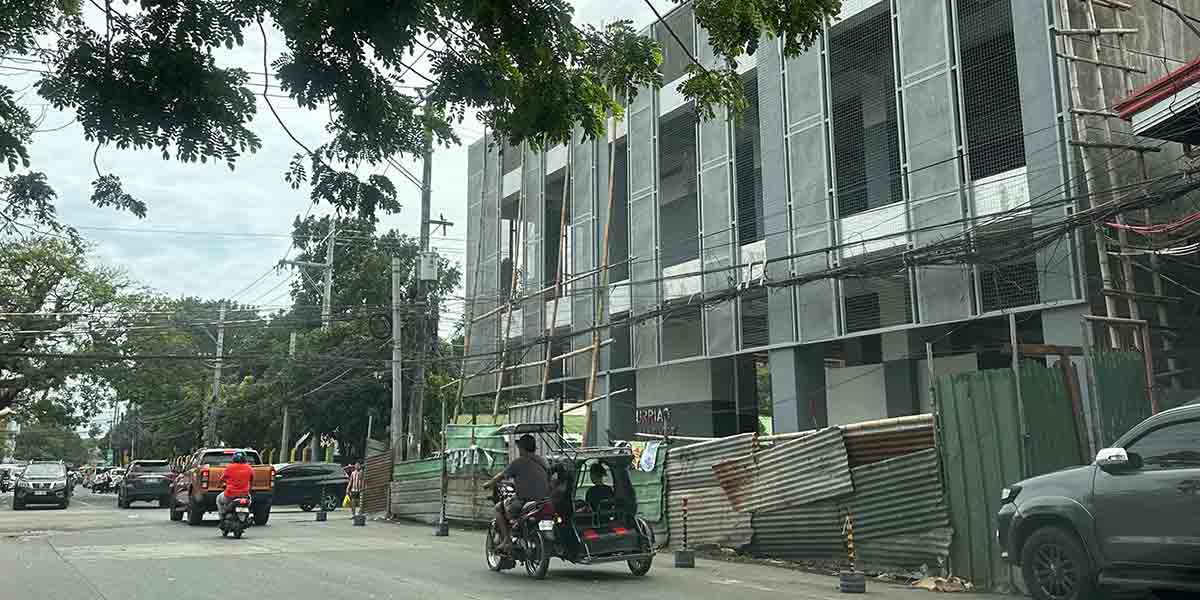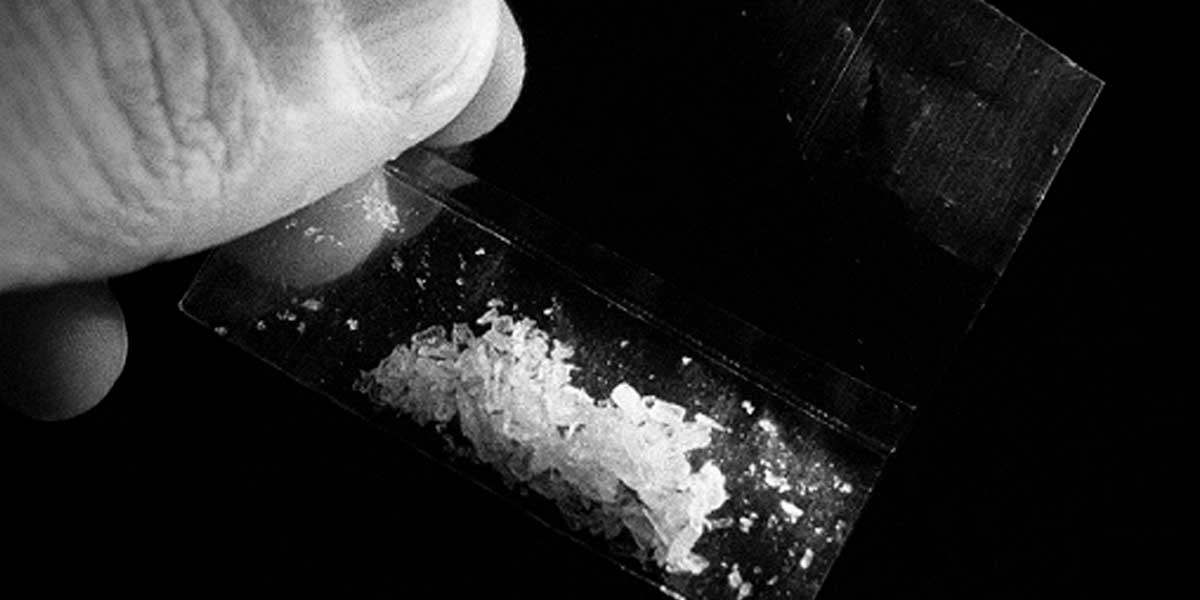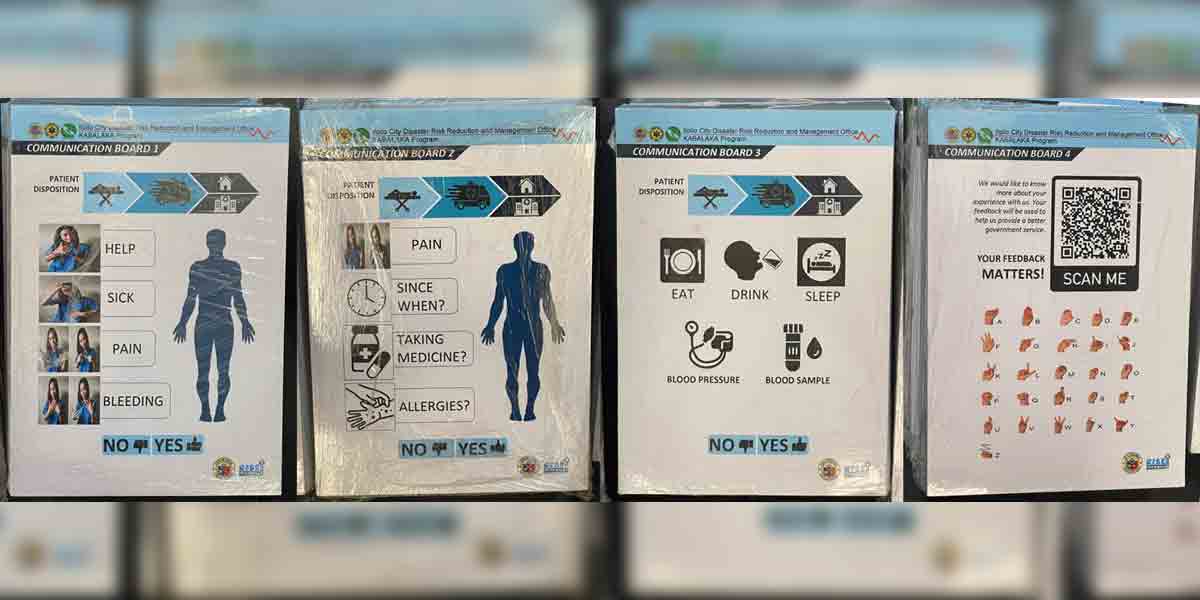By Joseph B.A. Marzan
The National Historical Commission of the Philippines (NHCP) opened another museum in Iloilo City on Friday, January 13, that details and depicts the country’s history with the seas and other bodies of water, and how it has shaped our history and economy.
The NHCP Museum of Philippine Maritime History features six galleries that narrate the different aspects of the nation’s vast maritime-related history and culture – from the Austronesian arrivals to the early inter-island travels to the pre-colonial trades with Asian empires, with Spain, and the rest of the western world, until the present.
The museum is in the Iloilo Customs House (Aduana de Iloilo), which was built in 1916 during the American colonization period. It is the country’s second-largest and second-oldest customs building that also houses the modern-day Bureau of Customs.
The building, rehabilitated by the NHCP in 2017 and 2021, is significant to the country’s and Iloilo’s maritime history, being a witness to the city as a prime hub of sugar and textile trading.
The museum covers the building’s ground floor and is divided into two sections – one side dedicated to pre-colonial maritime history to the end of the Spanish colonization, and the other from the American period up to the present day.
It also features six ethnographic objects loaned from the Nayong Pilipino Foundation, which shows the country’s deep relationship with our bodies of water as a part of early Filipinos’ daily life from birth to death.
This is the second NHCP museum in the city, the first being the Museum of Philippine Economic History which is just a stone’s throw away.
During the opening, NHCP chairperson Rene Escalante said that this was the first museum solely dedicated to the country’s maritime history, citing the public and private history museums in Metro Manila which only feature snippets of the maritime aspect.
“This museum we are opening today tackles the history of our water-based transport since the olden days until the present time. The time frame is from pre-history, [featuring] the boat-building traditions all over the country,” Escalante said.
Iloilo City Mayor Jerry Treñas said that this new addition to the array of present museums adds to the city’s flair as a hub for culture and heritage.
“We will be able to highlight that Iloilo [City] is a city of museums, that when you come here, you could go to many museums, and we would be able to promote this as one of the areas that people could go to,” the mayor said.
Aside from this, the NHCP also turned over two historical markers to the Iloilo City Government, including that of the Liberation of Panay during World War II, and another dedicated to the former soldier, lawyer, and legislator Macario Peralta Jr., who was one of the leaders of the liberation effort.

